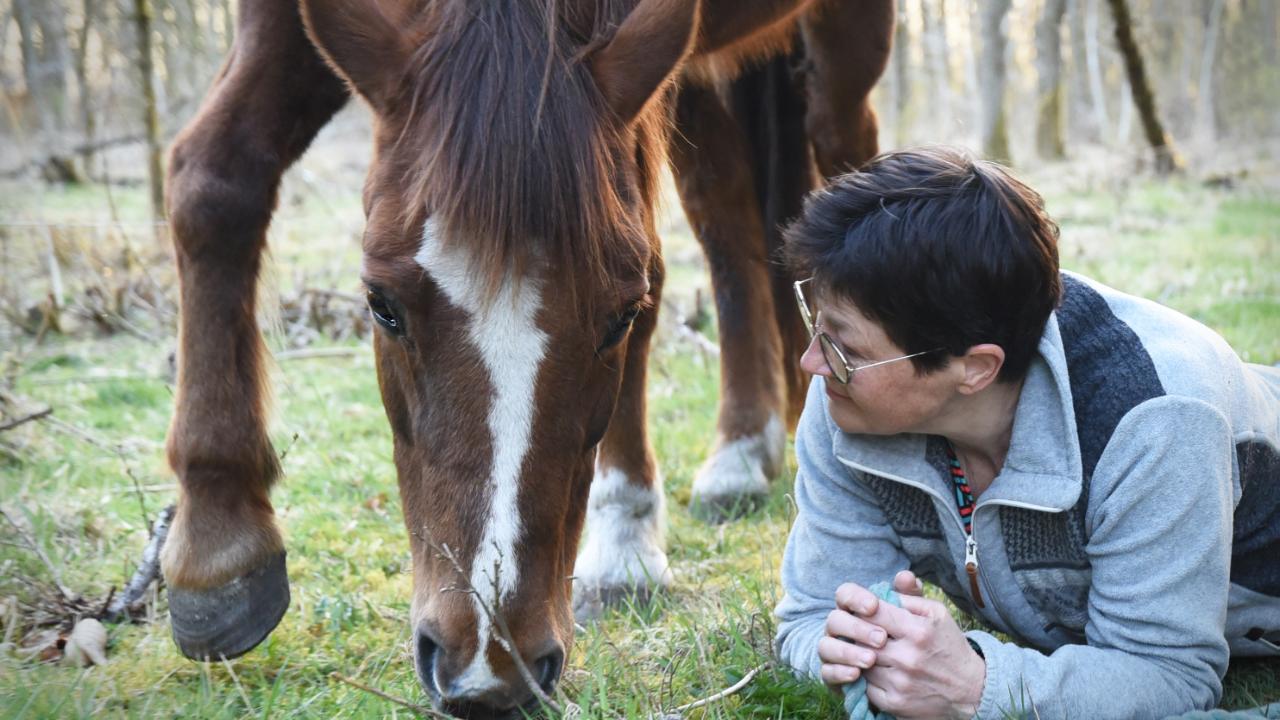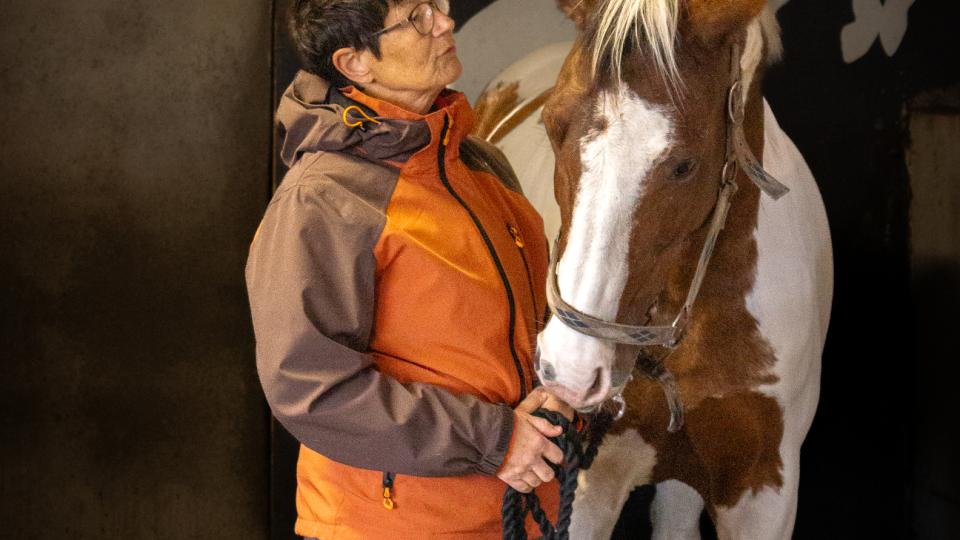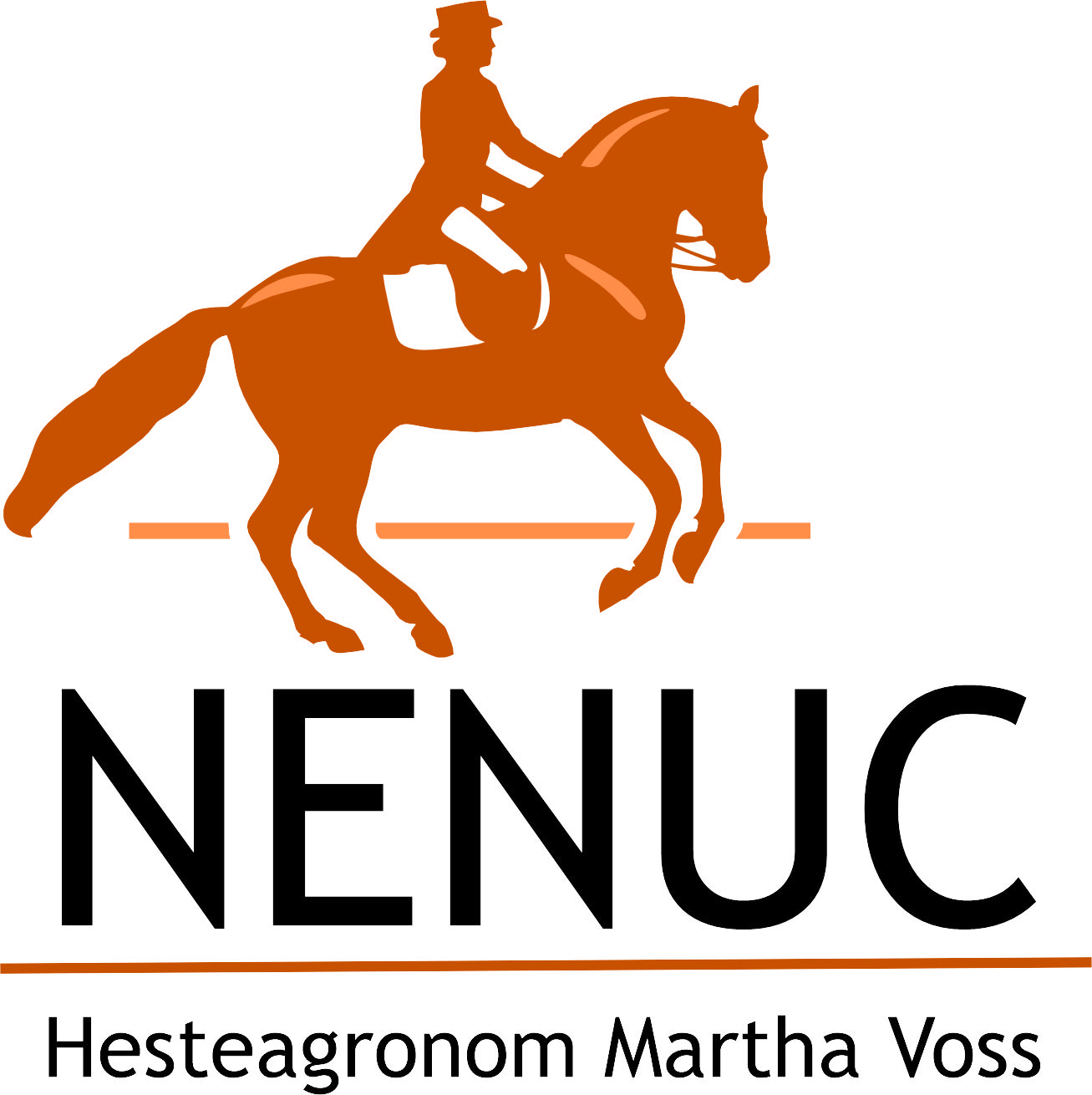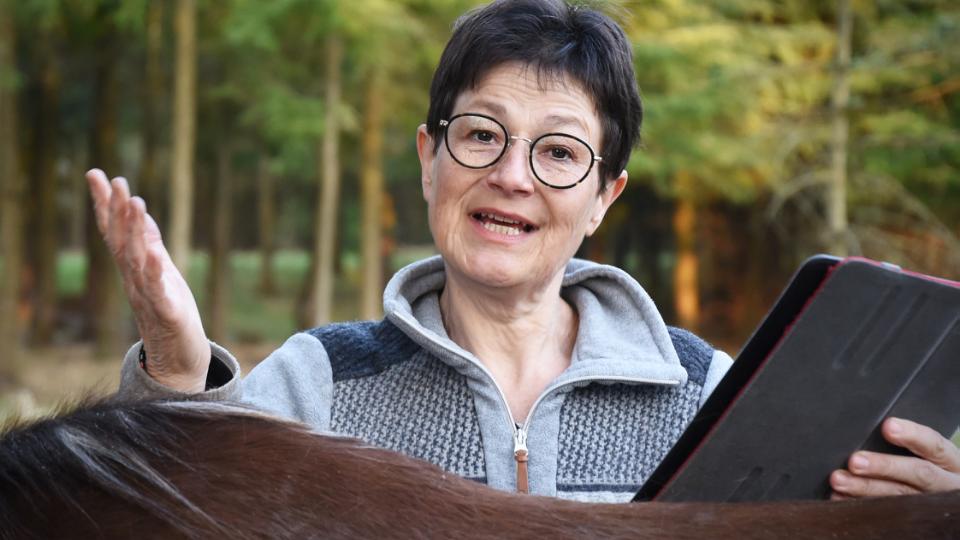Artikler
Become your own stable master and create a closer collaboration with your horse!
arrow_backTo the overview21 January 2024 | NENUC v Hesteagronom Martha Voss
Feed planning is much more than just calculating energy and proteins in a computer program. It requires a deeper understanding of the horse's behavior and well-being, where you can observe and sense the horse's needs.
The first step is BASIC - an understanding of how you calculate the horse's need for nutrients and feed quantities. But before you enter numbers into PC-horse, which we use for the calculations, you must learn to read your horse. Measure its body weight, rate its hole and work intensity. Is it an easy feeding type or does it require special attention? Does it have a medical history that affects its feed requirements?
You can then select feed materials that suit the horse's needs and start fine-tuning the feed plan. The whole process requires continuous evaluation, where you have to check whether you are on the right track or whether adjustments are needed. Perhaps you discover that the horse does not want to eat the mineral mixture you have chosen, even though it looks fine in the program? You learn to see your horse with new eyes and develop an understanding of the small changes that signal the need to adapt your plan.
This part of feed planning cannot be outsourced to a feed expert in an office. You have to take care of it yourself. Weekday. Out in the barn. With a focus on your horse's welfare.
Horses are different.
Some types have challenges with well-being and insulin resistance, which can lead to serious disease problems such as lameness. One of your options to prevent this is to ensure the horse has a low and stable blood sugar level. In order to manage the horse's blood sugar, knowledge of the physiological mechanisms that are affected by blood sugar is required, as well as an understanding of the consequences of your choices regarding feeding, paddocks, etc.
This is heavy, biological knowledge that you can access through the videos in the online courses. The courses also contain different material adapted to the participants' learning styles and professional level. In contrast to many other online courses, with the courses at Hesteagronom Martha Voss you have the opportunity to ask questions about the content of all the courses. Send an email and you will get a reply as soon as possible - also if you have discovered an error or have other feedback on the material.
People are different.
Some of us prioritize time to immerse ourselves in knowledge, read books, watch videos, etc., while others prioritize time in the stable with the horses. Some need more explanation of a problem, while others are looking for a quick answer to move forward with the solution. With the online courses, you can geek out with the material as much as you want, and if you just need a quick answer, you can search and find it in my online encyclopedia, Hestepedia. Here you will find both videos and small articles with information and explanations.
An online course is a bit like having your entire library in the barn. Via your phone, you can access your courses - and maybe even watch/hear the video while you're mucking about.



